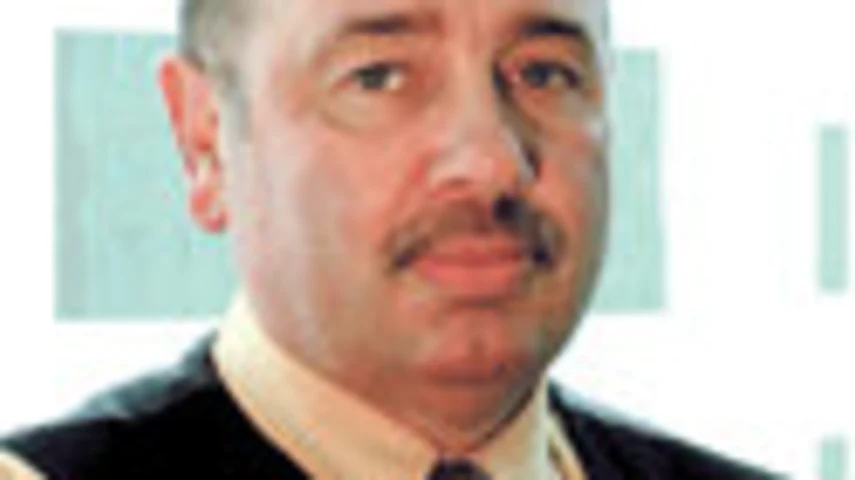Are there more Storm Financial style disasters ahead?



An Australian summer usually produces more than one Storm, and this seems highly likely to be the case with respect to the business model that underpinned the now failed Storm Financial.
As Money Management has pursued coverage of the collapse of Storm Financial and the implications for the broader financial services industry, a number of highly reliable figures have suggested that while Storm may have been the largest, it was by no means the only group pursuing its distinctive high fees, high leverage model.
If this is true, the financial planning industry and the Australian Securities and Investments Commission (ASIC) have a problem: are the other financial planning companies that pursued the so-called Storm model still sound and, if not, what is the regulator and the industry going to do about it?
It is always easy to be wise in hindsight and hardly a day goes by in the financial services industry without someone suggesting that one business model or another is flawed, but it is becoming increasingly clear that the Storm model and the company’s aggressive growth had prompted a good deal of discussion and debate prior to its collapse.
Discussion and debate alone are not cause for a regulator to intervene, but the chatter about Storm over the past four or five months seems not to have been dissimilar to the chatter in the general insurance industry ahead of the collapse of HIH Insurance.
As was the case with HIH, the question is begged about what ASIC was doing in response to its awareness of this discussion and debate.
Equally, one might ask whether there is anything that might have been done or said by key figures within the financial planning industry itself.
Elsewhere in this edition of Money Management, commentator Paul Resnik has suggested the collapse of Storm and the events that have surrounded the collapse are of a magnitude that will justify a Senate Inquiry. He is probably right.
However, if there is to be a Parliamentary Inquiry then its terms of reference should extend beyond the collapse of Storm to encompass the other notable industry failures that have occurred over the past 12 months.
Elements of the system have clearly failed and the best interests of the industry will be served by identifying and correcting these failures.
More Storms could be very damaging.
Recommended for you
In this episode of Relative Return Insider, host Keith Ford and AMP chief economist Shane Oliver unpack the RBA’s decision to keep the cash rate on hold in the face of rising inflation and whether the governor’s hawkish tone is a sign of things to come.
In this episode of Relative Return Insider, host Keith Ford and AMP chief economist Shane Oliver discuss the September quarter GDP figures, which show Australia’s economy regaining momentum.
In this new episode of The Manager Mix, host Laura Dew speaks to Haley Devine, head of wealth management at MaxCap Group, to delve into private credit and commercial real estate.
In this new episode of The Manager Mix, host Laura Dew speaks to Benjamin Leung, head of systematic investments at Macquarie Asset Management, to understand the use of systematic investments.







